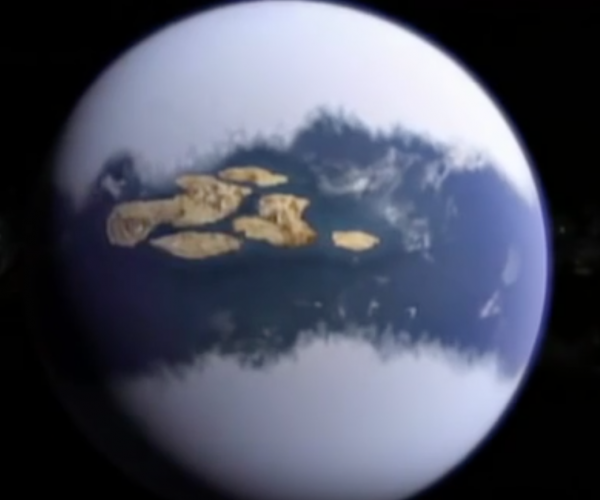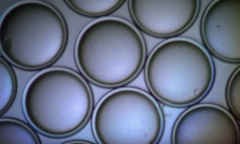By Vishal Goel, | March 15, 2017

Snowball Earth (Youtube)
According to Harvard scientists, a combination of erupting volcanoes and rapid cooling effect may have caused "snowball Earth", the largest ever glaciation event in the history of Earth. The sulphur-rich volcanic bursts reached upper atmosphere which blocked the solar radiation and the existing ice reflected the entering sunlight, further cooling the planet and snowballing it over 717 million years ago.
Like Us on Facebook
Geologists and climate scientists have been searching for the reason of snowballing of Earth for years but the root cause of the phenomenon has remained elusive until now. As told by the Harvard professors Francis Macdonald and Robin Wordsworth, scientists know that volcanic activity can have a major effect on the environment, but the big question was, how are these two events related.
At first, Macdonald's team thought that basaltic rock, which breaks down into magnesium and calcium, interacted with carbon dioxide in the atmosphere and caused cooling. However, if that were the case, cooling would have happened over millions of years which is contradicted by the radio-isotopic dating from volcanic rocks in Arctic Canada that suggest a far more precise coincidence with cooling.
Macdonald then turned to Wordsworth, who models climates of non-Earth planets, and asked if the aerosols emitted from these volcanos could have rapidly cooled Earth. And the answer was yes, but under the right conditions.
According to Wordsworth, an assistant professor of Environmental Science and Engineering at the Harvard John A. Paulson School of Engineering and Applied Science, it is not unique to have large volcanic provinces erupting but they are not always associated with cooling events. "So, the question is, what made this event different?"
Geological and chemical studies in the region, known as the Franklin large igneous province, showed that volcanic rocks erupted through sulfur-rich sediments. These sediments would have been pushed into the atmosphere during eruption as sulfur dioxide, which when gets into the upper layers of the atmosphere, is very good at blocking solar radiation.
For instance, the 1991 eruption of Mount Pinatubo in the Philippines shot about 10 million metric tons of sulfur into the air, which reduced global temperatures about 1 degree Fahrenheit for a year.
On the top of that, sulfur dioxide is the most effective at blocking solar radiation when it gets past the tropopause, after which it is less likely to be brought back down to earth in precipitation or mixed with other particles, extending its presence in the atmosphere from about a week to about a year.
-
Use of Coronavirus Pandemic Drones Raises Privacy Concerns: Drones Spread Fear, Local Officials Say

-
Coronavirus Hampers The Delivery Of Lockheed Martin F-35 Stealth Fighters For 2020

-
Instagram Speeds Up Plans to Add Account Memorialization Feature Due to COVID-19 Deaths

-
NASA: Perseverance Plans to Bring 'Mars Rock' to Earth in 2031

-
600 Dead And 3,000 In The Hospital as Iranians Believed Drinking High-Concentrations of Alcohol Can Cure The Coronavirus

-
600 Dead And 3,000 In The Hospital as Iranians Believed Drinking High-Concentrations of Alcohol Can Cure The Coronavirus

-
COVID-19: Doctors, Nurses Use Virtual Reality to Learn New Skills in Treating Coronavirus Patients










